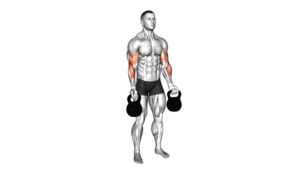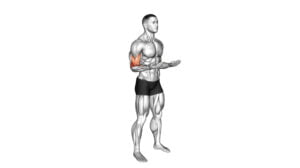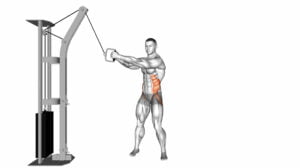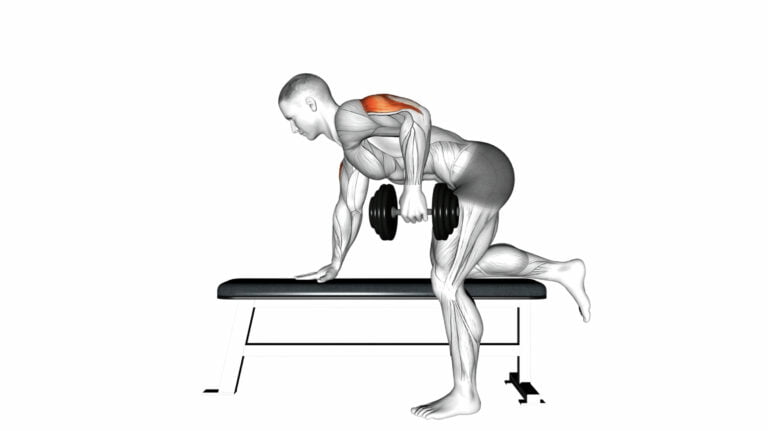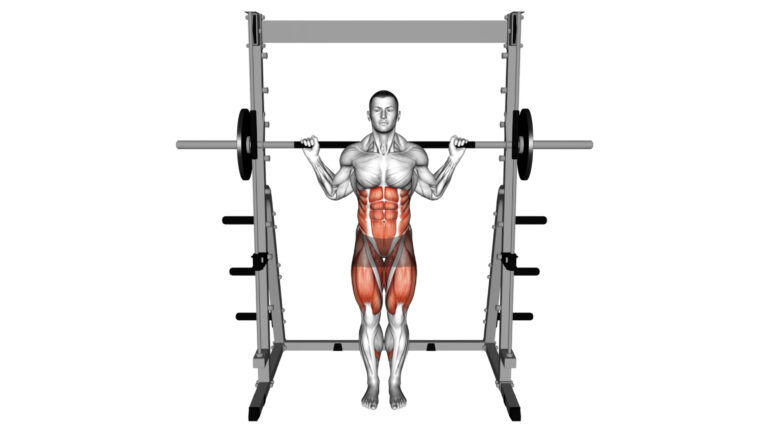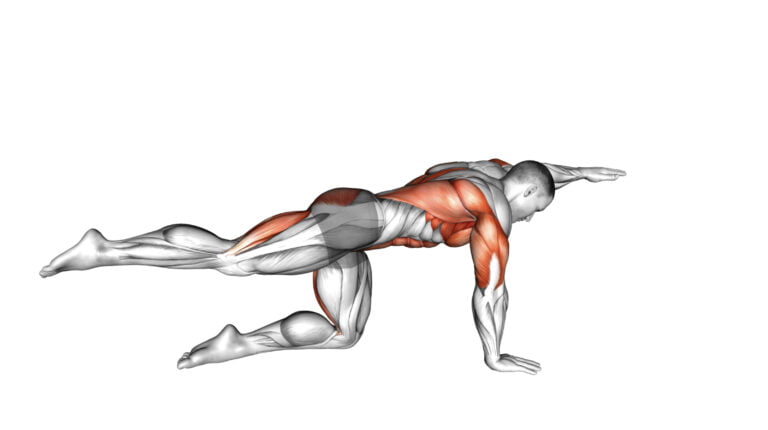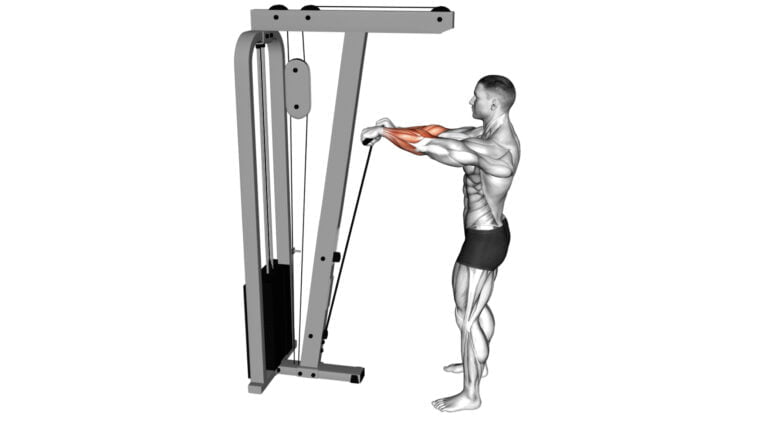10 Cable Machine Exercises For Biceps: Top Techniques For Stronger Arms
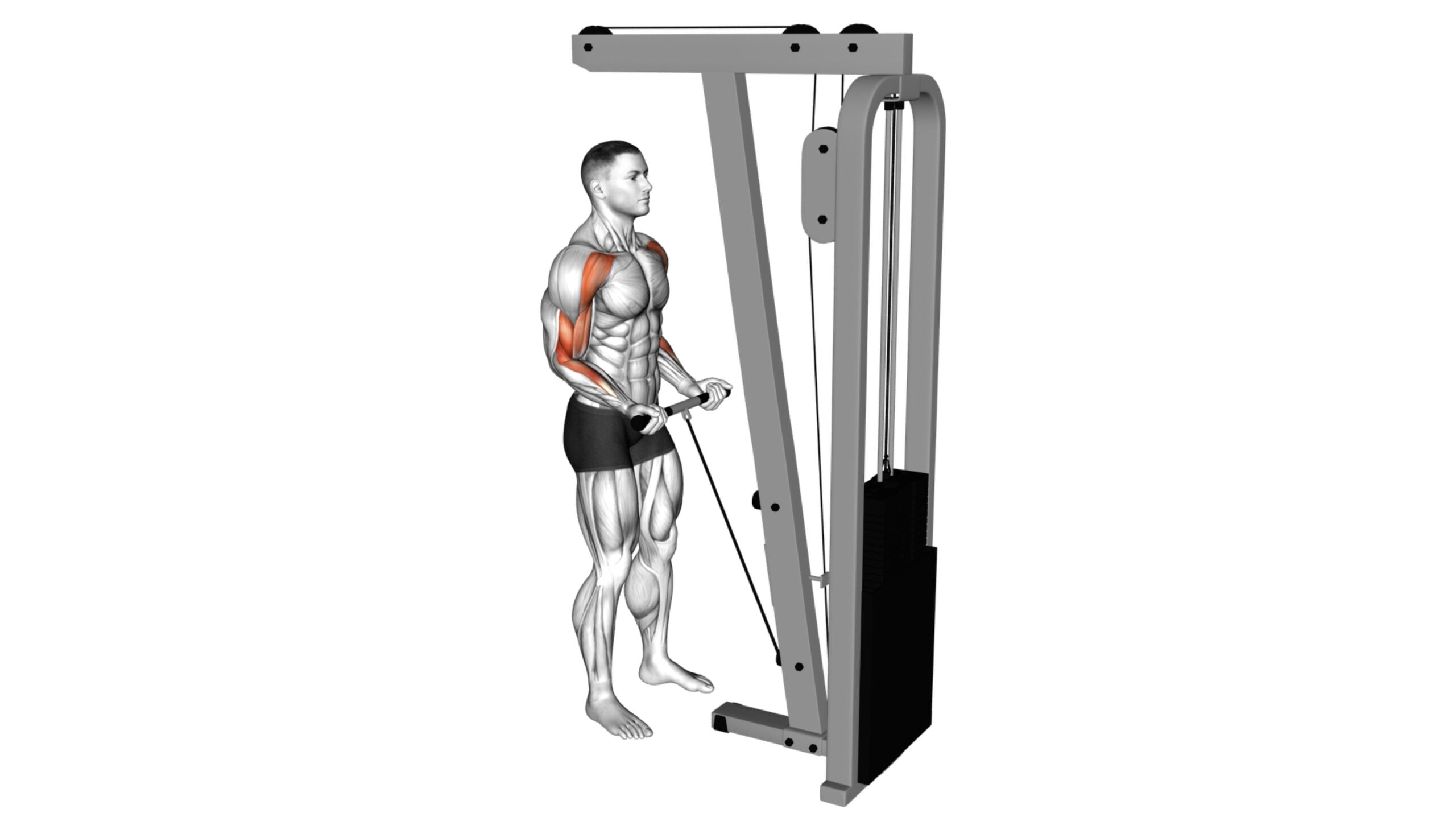
Building stronger, more sculpted arms is a goal many gym-goers strive for but often miss the mark due to relying solely on free weights. With over a decade of experience in strength training and bodybuilding, I’ve seen firsthand how integrating cable machine exercises for biceps can significantly enhance arm size and strength, debunking the common myth that only traditional dumbbells or barbells get results.
Cable machines offer a unique resistance profile that keeps muscles under constant tension, a key factor in muscle growth not always achievable with free weights.
Notably, incorporating cable machine exercises into your routine targets not just the bicep brachii but also engages supporting muscle groups which are crucial for overall arm development and function.
Here’s an important fact to remember: studies have shown that varied equipment use in workouts promotes greater engagement of target muscles leading to improved growth and strength outcomes.
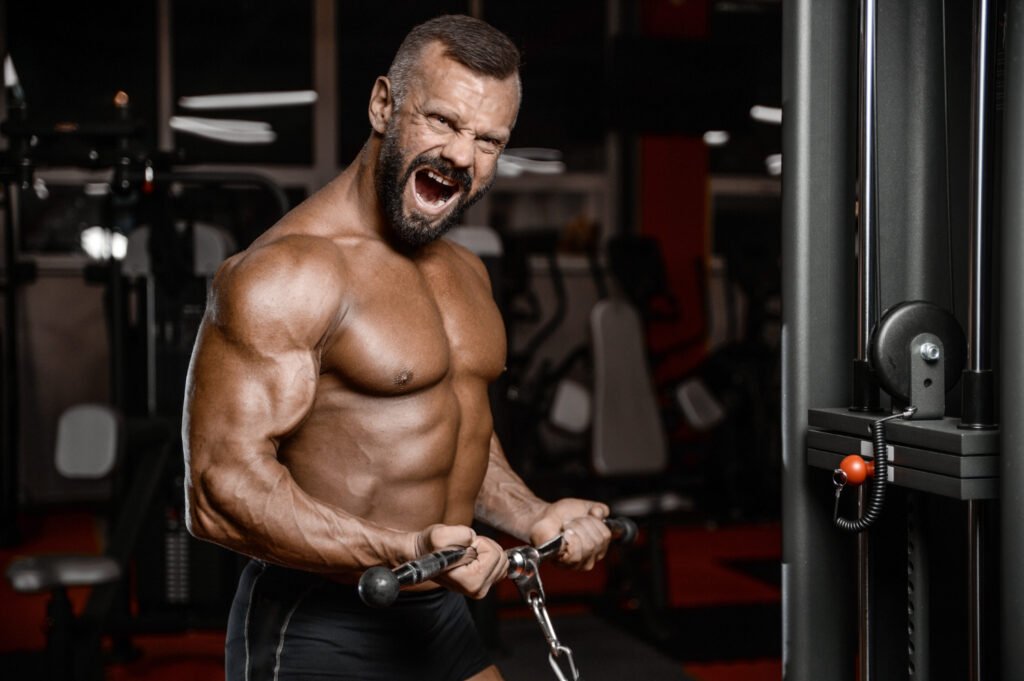
This article will dive deep into 10 top techniques using cable machines to craft the strong, defined arms you’re aiming for. Prepare to elevate your arm training game!
Key Takeaways
- Cable machine exercises for biceps engage more than just the target muscles, incorporating shoulders, forearms, and back muscles for balanced arm development.
- Using cable machines offers constant tension throughout each exercise, a factor that significantly contributes to muscle growth and strength in the arms.
- These exercises can be easily adjusted for any fitness level by modifying weights and angles, making it accessible to both beginners and seasoned lifters.
- The variety of exercises listed targets different parts of the biceps and supporting muscle groups, providing a comprehensive approach to arm strengthening.
- Consistently practicing these top 10 techniques with attention to form and variation will lead to noticeable improvements in bicep size, strength, and overall arm aesthetics.
Benefits of Cable Machine Exercises For Biceps

Cable machine exercises for biceps target multiple muscle groups, promoting balanced arm development. These exercises help improve bicep strength and size, catering to different fitness levels with easy modifications.
Target multiple muscle groups
Using cable machine exercises for biceps not only focuses on the upper arms but also engages a variety of muscle groups. This means you’re working more than just your biceps brachii; your shoulders, forearms, and even back muscles get a piece of the action too.
As you perform cable curls or hammer curls, these additional muscles support each movement, leading to balanced strength development across your upper body.
Incorporating exercises like preacher curls or concentration curls into your routine ensures that secondary muscles such as the trapezius and deltoids are activated. This full-body engagement helps improve overall stability and posture while reducing the risk of injury by equally distributing training intensity across different muscle areas.
Such an approach encourages symmetrical muscle growth and enhances functional fitness, making daily activities easier to perform.
Improve bicep strength and size
Building on the foundation of engaging multiple muscle groups, focusing on bicep strength and size takes your workout to the next level. Cable machine exercises uniquely position you to achieve these goals through constant tension throughout the movement.
This tension ensures that your muscles work harder for longer, promoting significant gains in both strength and mass. Exercises like cable biceps curls and incline curls leverage this by requiring elbow flexion against resistance, directly targeting the bicep muscles.
Regularly including a variety of cable exercises in your routine encourages hypertrophy, leading to bigger and stronger biceps. The controlled motion of cable machines also minimizes risk of injury, allowing for safer progression as you increase weight or change angles to challenge your muscles from different positions.
Focus on maintaining proper form with each curl – keeping elbows pinned at your sides while flexing and extending under control. This attention to technique maximizes muscle engagement and fosters impressive growth over time.
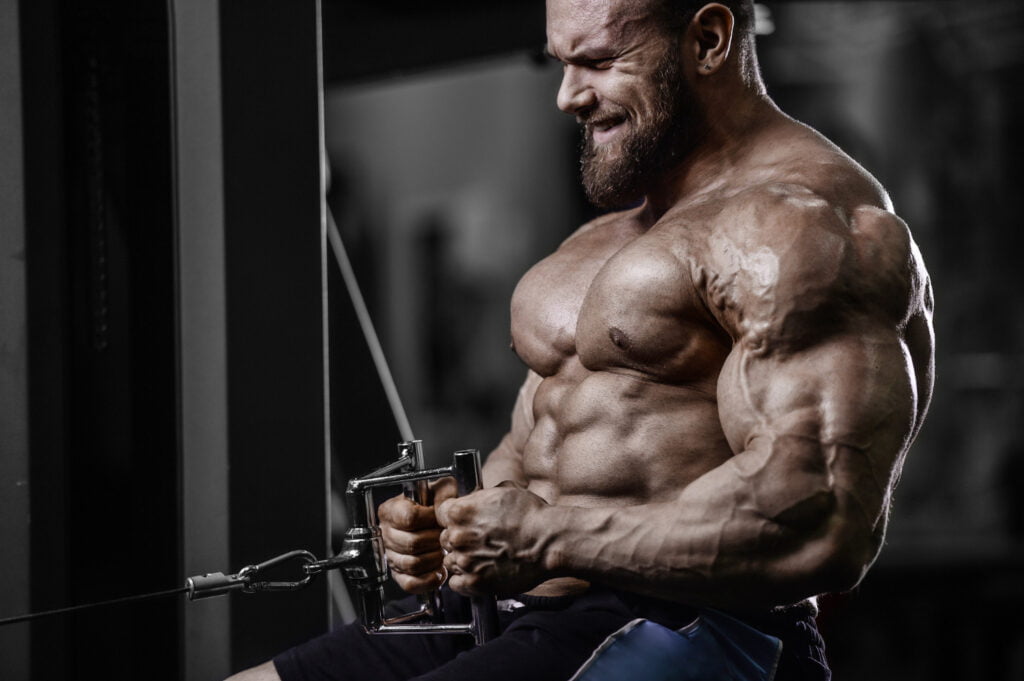
Can be easily modified for different fitness levels
Cable machine exercises for biceps stand out because of their versatility. Beginners can start with lighter weights to focus on form and gradually build muscle strength. As you get stronger, simply increasing the weight allows you to keep challenging your muscles without needing to master new equipment or techniques.
Experienced lifters benefit too by adjusting the pulleys for different angles and resistance levels, focusing on isolation exercise or compound movements as desired. This adaptability makes cable machines a valuable tool in any muscle-building program, ensuring continuous progress for both newcomers and seasoned athletes alike.
Let’s dive into the top 10 cable machine exercises that will transform your biceps next.
Top 10 Cable Machine Exercises for Biceps
Get ready to unleash your bicep potential with these top 10 cable machine exercises for biceps. These exercises are designed to target different parts of the biceps and can be easily adjusted to your fitness level.
1. Cable Biceps Curl (SZ-bar)
To perform a cable biceps curl with an SZ-bar, stand facing the cable machine with your feet shoulder-width apart. Grasp the bar with an underhand grip, keeping your elbows close to your body.
Slowly curl the bar towards your shoulders without letting your elbows move forward. Pause for a moment at the top and then slowly lower back down to the starting position.
Engage your biceps throughout the movement and focus on maintaining control. This exercise targets the biceps brachii muscle and helps in developing overall arm strength and definition.
2. Cable Drag Curl
Transitioning from the SZ-bar to the Cable Drag Curl, this exercise emphasizes the long head of the biceps. Stand with your feet shoulder-width apart and keep your body upright as you grip the cable handles with an underhand grip.
Keeping your elbows close to your sides, slowly drag the bar up along your abdomen towards your chest, ensuring a smooth and controlled motion. Focus on contracting your biceps throughout the movement for maximum effectiveness.
Performing Cable Drag Curls can help target and strengthen not only the biceps but also engage other supporting muscles in the arms, aiding in overall arm development.
3. Cable Concentration Extension (on knee)
Perform the cable concentration extension while seated on a bench with the knee of the working arm placed against it. Grasp the cable handle with an underhand grip, keeping your elbow close to your knee, then extend your forearm downward until fully straightened, engaging and targeting the biceps.
For this exercise, focus on maintaining controlled movements throughout to maximize muscle contraction, and ensure correct form by avoiding any jerking or swinging motions during execution.
Adjusting the weight accordingly will help you maintain proper control and complete each repetition effectively without compromising form or risking injury.
4. Cable Close Grip Curl
Position yourself in front of the cable machine with a straight posture. Grasp the close-grip attachment and keep your elbows close to your sides. Curl the bar towards your shoulders, contracting your biceps at the top of the movement.
Slowly lower the weight under control to complete one repetition.
To optimize this exercise, ensure that you maintain proper form throughout, and focus on engaging your biceps during each repetition. Adjust the weight according to your strength level and aim for a moderate number of sets and reps to challenge and stimulate muscle growth effectively.
5. Cable Incline Biceps Curl
Position the incline bench at a 45-degree angle and attach a straight bar to the low pulley of the cable machine. Sit back on the bench, grab the bar with an underhand grip, and let your arms extend fully.
Keep your upper arms stationary as you curl the bar towards your shoulders, contracting your biceps at the top of the movement. Slowly lower the bar back to starting position and repeat for desired repetitions.
To increase intensity, use heavier weights or slow down the tempo during each phase of this exercise. The Cable Incline Biceps Curl targets both heads of your biceps while also engaging stabilizing muscles in your forearms and upper arms for a comprehensive arm-strengthening workout.
6. Cable Neutral Grip Biceps Curl
The cable neutral grip biceps curl targets the biceps, forearms, and brachialis muscles. Stand in front of the cable machine with your feet shoulder-width apart. Grasp the stirrup handles with a neutral (palms facing each other) grip.
Keep your elbows close to your body and exhale as you flex your elbows to bring the handles towards your shoulders. Inhale as you slowly extend your arms back down to the starting position.
For variation, this exercise can be performed seated on a bench or using one arm at a time for unilateral training. The neutral grip engages both the biceps and brachioradialis muscles, contributing to overall arm strength and development.
7. Cable Overhead Curl
The cable overhead curl targets the biceps and helps to improve strength and size. Stand with your feet shoulder-width apart, grasp the rope or bar attachment, and extend your arms above your head.
Keep elbows close to your ears as you curl the weight down towards your shoulders, then slowly return to starting position. This exercise engages the biceps more fully than traditional curls and provides a great stretch at the bottom of each rep.
Employing proper form is crucial for this movement to avoid strain. Adjust the weight according to your fitness level, ensuring that you can perform 8-12 reps with control and without compromising posture.
8. Cable Unilateral Bicep Curl
Performing the cable unilateral bicep curl involves standing facing the cable machine with a D-handle attachment at the lowest position. Grasp the handle with an underhand grip, keeping your elbow close to your body.
As you exhale, curl the handle towards your shoulder, contracting your biceps. Inhale as you slowly lower the handle back to starting position.
Engage in this exercise to effectively isolate each arm and develop balanced strength and definition in both biceps while also engaging stabilizing muscles for improved overall upper body functional strength.
9. Cable Squatting Curl
Perform the cable squatting curl by attaching a straight bar to the lower pulley of the cable machine. Position yourself in a squat stance, feet shoulder-width apart, and hold the bar with an underhand grip.
Lower your body into a squat position, keeping your chest up and back straight. While in the squat position, curl the bar upwards towards your chest by flexing your biceps. Slowly lower the bar back down to complete one repetition.
To maximize effectiveness, engage your core throughout the exercise and ensure smooth and controlled movements. This exercise targets your biceps, also engages your quadriceps, glutes, and core muscles for a full-body workout experience.
10. Cable Lying Bicep Curl
To perform the Cable Lying Bicep Curl, start by lying flat on your back on a bench. Grasp the low pulley attachment with an underhand grip and keep your upper arms stationary as you curl the handle towards your shoulders, contracting your biceps at the top of the movement.
Slowly lower the handle back to the starting position, keeping tension on your biceps throughout. This exercise effectively targets and isolates the biceps while providing continuous resistance throughout each repetition.
Incorporate this exercise into your bicep workout routine to build strength and size in your biceps. Remember to maintain proper form and control throughout each repetition for optimal results in developing powerful, defined arm muscles that complement overall upper body strength and aesthetics.
Recommended Sets And Reps
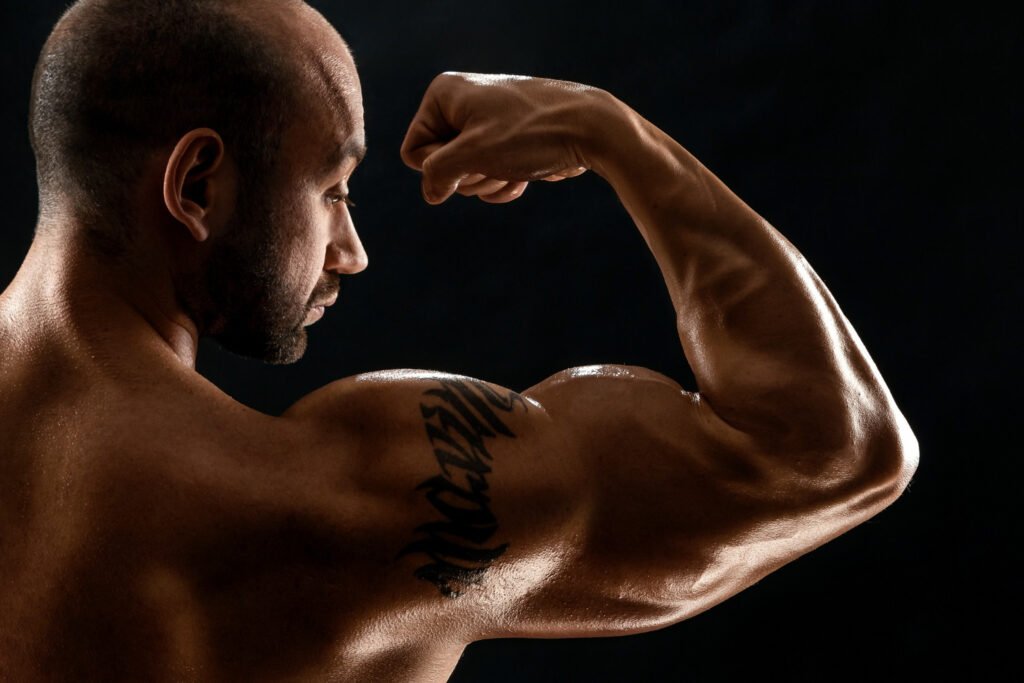
To maximize muscle growth, aim for 3-4 sets of each exercise. Start with 8-12 reps per set when focusing on hypertrophy. For strength gains, opt for heavier weights and lower the rep range, aiming for 4-6 reps.
Always prioritize good form over lifting heavy to prevent injury and ensure proper muscle engagement. Adjust the weight as needed to complete your chosen rep range with proper technique.
For endurance and toning, go for higher reps (15-20) using lighter weights while maintaining a controlled movement throughout each repetition. Consistency is key – strive to progressively increase the weight or reps over time to continually challenge your muscles and see improvements in strength and size.
Tips for Effective Cable Machine Exercises For Biceps
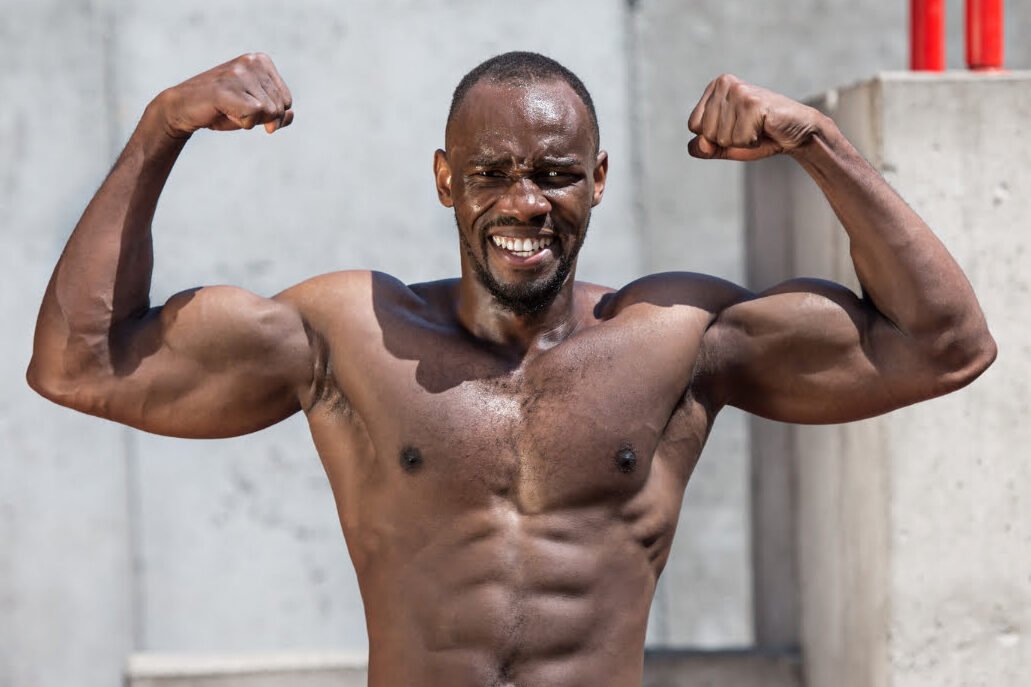
Focus on maintaining proper form throughout each exercise to avoid unnecessary strain on the joints and maximize bicep engagement. Varying the weight and reps will help stimulate muscle growth and prevent plateaus in your training progress.
Use proper form
Maintain a stable stance and keep your back straight when performing cable biceps curls to minimize the risk of injury. Grip the handles with an underhand grip, palms facing upward, and steadily curl the weight towards your shoulders, engaging your biceps throughout the movement.
Ensure controlled movements and avoid swinging or using momentum to lift the weight.
To execute cable drag curls properly, stand in front of the machine with a shoulder-width stance. With an underhand grip, gently pull the handle toward your body while keeping your elbows close to your sides.
Vary the weight and reps
Adjusting the weight and number of repetitions in your cable machine exercises is crucial for challenging your biceps and promoting muscle growth. By increasing the weight, you can push your muscles to adapt and become stronger over time.
Similarly, altering the reps – whether you’re doing high-rep sets to build endurance or low-rep sets for strength gains – allows for targeted training that keeps your workouts effective.
To optimize your bicep development, regularly changing the weight load and rep range can prevent plateaus while eliciting consistent progress. This strategy also helps engage different muscle fibers, ultimately contributing to a more comprehensive and balanced development of your biceps.
Incorporate other arm exercises
To maximize your arm strength and definition, it’s essential to incorporate other effective arm exercises alongside cable machine workouts. These additional exercises can target different muscle groups in the arms, providing a well-rounded approach to building upper body strength.
Including movements such as tricep extensions, dumbbell curls, and chin-ups can help engage various parts of the arm, leading to balanced muscle development and improved overall performance.
Incorporating diverse arm exercises ensures that you’re engaging multiple muscles in the arms while challenging them from different angles. By incorporating a variety of targeted movements into your workout routine, you can achieve comprehensive arm development, enhance muscular balance, and optimize your overall training effectiveness.
Conclusion
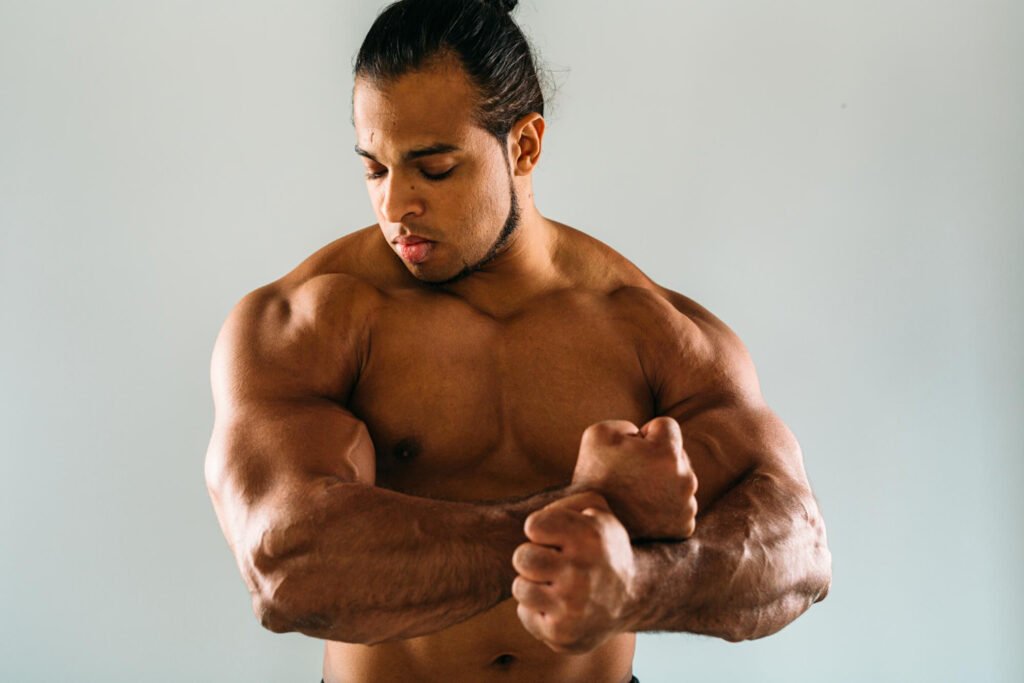
In conclusion, mastering cable machine exercises for biceps can elevate your arm strength and size. These efficient techniques target multiple muscle groups, providing practical benefits for various fitness levels.
Are you ready to take the next step towards stronger arms? Implement these top 10 cable exercises with proper form and varied weights to achieve significant improvements! Don’t miss out on exploring further resources or services that can enhance your training journey.
Now is the time to commit to your fitness goals and attain impactful results through dedicated practice!
FAQs
1. What makes cable machine exercises good for biceps?
Cable machine exercises allow for constant tension on the biceps throughout each movement, which can lead to stronger and more defined arms. This method helps in isolating the muscle belly effectively to promote growth.
2. How do you perform a proper supinated bicep curl?
Stand facing the cable machine with your feet shoulder-width apart. Grab the handle with an underhand grip (supination), keeping your elbows close to your sides, and curl the weight towards your shoulders smoothly without moving your upper arms.
3. Can I use a cable machine for triceps workouts as well?
Absolutely! Cable machines offer great versatility for arm workouts including triceps exercises like pushdowns or reverse curls using a pronated grip (palms facing down). These movements target different parts of the arms for balanced strength and definition.
4. Should beginners use accessories like a weightlifting belt when doing these exercises?
Beginners should focus on mastering technique with lighter weights before using accessories like weightlifting belts or ez-curl bars. Proper form ensures safety and maximizes benefits from each exercise.
5. Is it necessary to warm up before performing cable machine exercises?
Warming up is crucial before any workout, especially when lifting weights or working out on machines like a cable station that demands intense muscle engagement from areas such as biceps, forearms, and wrists through flexion.
6. How can adding dietary protein benefit my workout routine for bigger biceps?
Incorporating enough dietary protein into your diet supports muscle repair and growth after workouts like those done on a cable machine targeting bicept development; this nutritional strategy complements physical efforts leading to stronger, larger muscles.

Author
Years ago, the spark of my life’s passion ignited in my mind the moment I stepped into the local gym for the first time. The inaugural bead of perspiration, the initial endeavor, the very first surge of endorphins, and a sense of pride that washed over me post-workout marked the beginning of my deep-seated interest in strength sports, fitness, and sports nutrition. This very curiosity blossomed rapidly into a profound fascination, propelling me to earn a Master’s degree in Physical Education from the Academy of Physical Education in Krakow, followed by a Sports Manager diploma from the Jagiellonian University. My journey of growth led me to gain more specialized qualifications, such as being a certified personal trainer with a focus on sports dietetics, a lifeguard, and an instructor for wellness and corrective gymnastics. Theoretical knowledge paired seamlessly with practical experience, reinforcing my belief that the transformation of individuals under my guidance was also a reflection of my personal growth. This belief holds true even today. Each day, I strive to push the boundaries and explore new realms. These realms gently elevate me to greater heights. The unique combination of passion for my field and the continuous quest for growth fuels my drive to break new ground.

